#algorithmic composition
Explore tagged Tumblr posts
Text
The Tide of AI
I’ve been working with generative artificial intelligence (AI here) now for several years, trying to understand a bit about how it works, and following discussions by those much more knowledgeable and more concerned about it than I.
My main uses of AI have been to jumpstart my solutions to programming problems, and to answer questions about many different things in a better way than mere search engines. I also use image generating AIs to produce illustrations for some of my favorite science fiction novels.
I have come to some tentative conclusions.
AI is not now conscious in any sense.
AI is not now capable of telling the difference between its training data and the external world.
AI can produce very useful and rapid solutions for me based on solutions that other people have found.
If a solution has not already been found, then AI has some ability to reason its way to a solution.
Such solutions are not always correct. I run into many outright mistakes. Such mistakes can only be fixed by a human expert, but they sometimes still are quite useful as hints towards a correct solution.
AI is improving rapidly.
The better AI gets, the more the human workflow will involve it. And in looking at how others are using AI, particularly in visual art, I can see that future work in many if not most fields of art, science, engineering, and other forms of expertise will involve a continuous dialogue with AI.
And yet, the AI is doing so much work for one behind the scenes, it’s all but impossible to control everything about the solution. For example, in generating illustrations for Jack Vance’s Demon Princes novels, certain idealized images of the characters are created. If Drusilla Wayles is shown, to make her blond not brunette and full-figured not slim, and dressed in any detailed style, requires a fair amount of work in writing more detailed prompts.
I see this as an obstacle to real originality. In other words, the easier it becomes to use AI and the better the solutions are, the more tempting it will become for me, and probably many other people, to use the AI solution. I feel this will interpose a lot of extra work before getting to real originality without, perhaps, the author fully realizing that. And I feel this could lead of sighs of resignation.
That may well make it harder to achieve true originality in many fields.
I plan to try using AI to compose musical scores as MIDI files, and to design new Csound instruments. That will be probably more enlightening for me than fooling around with illustrating some of my favorite stories, although I will keep doing that.
One thing I am looking for is help with pieces I’m working on. Let’s suppose I have code that produces a complete piece of music, but there are problems I don’t see how to fix. I’d like to be able to say something like “the B section is too much like the A and C sections, edit this code to make the B section not such an obvious rehash of the parts of the A and C sections,” and get some code that either does that, or provides a hint for how I can do that.
I will report on my experiences here.
2 notes
·
View notes
Text
Now THAT'S Thinkin' In 3D!
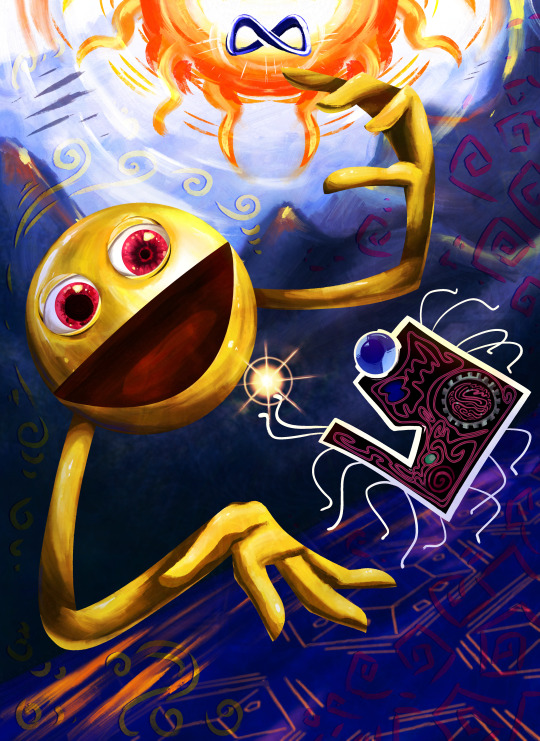
HHEHEHEE HAH FLATLAND FANART BE UPON YE
#flatland#flatland fanart#flatland 2007#flatland the film#KD'sCrumbs#GOD... this movie shook my entire brain a bit... like it jingled me around and shit#Watched it earlier today and got really inspired#DONT ask me why i gave A.Sphere hands... its for the composition.... also blorbo gets hands so they can gesture better i thinkkkkk#being a variety artist fucking rocks... HEHEH like take some art from a random like 17 year old film YYEYEYAAHHH#i heard that it's been in the algorithm cuz of that gravity falls thing but i literally dont care about that so (dont tag it either thanks)#been in a creative slump mostly. love finding stuff like this that gets the art juice going again;;
1K notes
·
View notes
Text
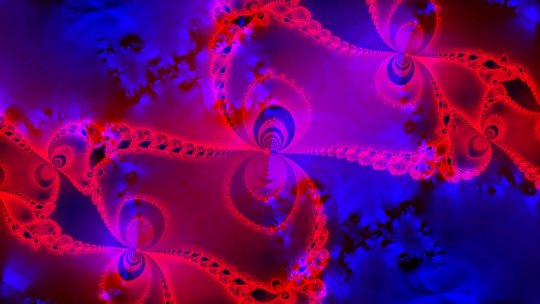
#fractal#fractal art#digital art#math art#orbit trap#newton-raphson algorithm#channel merging#composite#ImageJ#original content
11 notes
·
View notes
Text
Artificial Intelligence Revolutionizes the Music World: The Case of "Neural Notes Revolution"
Artificial intelligence (AI) is rapidly transforming our world, permeating sectors from healthcare to industry, education to transportation. This technology, which aims to replicate and surpass human cognitive abilities, promises to revolutionize the way we live and work.
The applications of AI are numerous and ever-expanding: from medical diagnosis to autonomous driving, data analysis to content creation. A particularly intriguing field is music, where AI is demonstrating remarkable potential.
Recently, there has been much discussion about AI-based music generation platforms like "Suno" and "Udio," accused of violating numerous artists' copyrights to train their algorithms. These controversies highlight the complex ethical and legal issues that AI raises in the artistic field.
In this context, the Italian project "Neural Notes Revolution" emerges, demonstrating how, with the aid of AI programs, the study of algorithms suitable for targeted generation of musical styles, voices, song structures, and with adequate post-processing, it's possible to produce musical pieces of any genre and style, in any language, in relatively short timeframes.
The project also leverages other generative AI platforms such as OpenAI's ChatGPT (Microsoft group, of which Elon Musk was a co-founder), Anthropic's Claude AI, and Google's Gemini. These technologies allow for the generation of texts, both original and based on precise or imaginative prompts, in numerous languages, even using expressions typical of specific localities and dialects.
However, "Neural Notes Revolution" still faces some challenges. The results provided by ChatBOTs require careful verification, and in the music field, generation platforms have significant limitations. In particular, "Suno" and "Udio" lack a precise and rigorous syntax that allows for accurate results. Often, the outcomes are even opposite to those desired, forcing a trial-and-error approach. One of the major limitations is the near-total impossibility of having clear style changes within the same song.
Expected future developments include the ability to modify produced songs in a targeted manner. It would be useful to have separate files for the vocal part, the musical backing, and the lyrics in subtitle format. Moreover, there's hope to be able to modify individual parts of text or music, and above all, to have a correct and rigorously respected syntax for the song structure and use of styles.
The use of these platforms raises several issues. On one hand, they offer new creative possibilities and democratize music production. On the other, they raise concerns about copyright, artistic authenticity, and the future of work in the music industry.
In conclusion, while giving space to creativity, we are still far from competing with the styles, voices, and tones of artists of all time. However, in defense of the "new artists" of the AI era, it must be recognized that creativity and skill are still necessary to produce musical pieces of a certain depth. This is particularly relevant in a modern musical landscape that often offers music devoid of artistic and cultural significance. AI in music thus represents both a challenge and an opportunity, requiring a balance between technological innovation and preservation of human artistic expression.
#neuralnotesrevolution#ai#Artificial Intelligence#AI and Music#AI Music Generation#AI-Generated Music#Musical Algorithms#Digital Music#Musical Innovation#Music Technology#Automated Composition#Artificial Creativity#AI Music Production#Future Music#AI in Music#Music and Technology#AI Musical Instruments#AI-Assisted Composition#AI Music Software#Neural Networks and Music#AI in Music Industry#AI Music Innovations
3 notes
·
View notes
Text
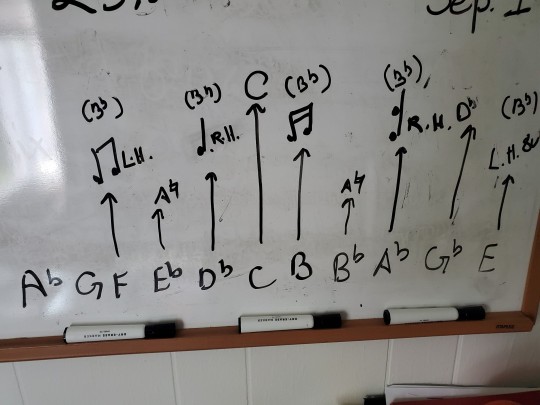
Trying out linear processes in a section of my music! There are quite a few going on here.
1. A two-part pattern of descending bass notes, HWWWH. It doesn't get to the final Eb because that's going to be the "resolution" of the whole piece.
2. Gradual intensification of rhythm and harmony. Starts with L.H. and R.H. piano hocketing, then we get harmony, then we get 16ths, then we get chords.
3. The A natural! It sneaks in every fourth cycle as the upper note of the right hand's pattern. It first gives a Lydian feel to the Eb bass, then a "spy chord" feel to the Bb minor sonority, then a really crunchy drop voicing of an F#7(#9) at the end of the section.
4. Climbing of the top note fom Bb to C to Db and (again for resolution) the final Eb at the end.
5. (Not pictured in the graph) the other two voices, a horn and a cello, begin with a unison line based on the pitch material of the piano, then gradually temporally shift away from each other to imitative counterpoint. The split gets deeper as the section goes on.
6. (Also not pictured in the graph) each cycle has a metric pattern of 867-5309 (changing pitch collections on the 0), because who doesn't love Tommy Tutone?
In spite of all this, there are SO MANY compositional decisions to be made inside this framework. Even with all the coexisting processes, it only sounds good if I do it "right", whatever that means.
2 notes
·
View notes
Text
i'd love to be consistent with my art online but i'd lose my own personality in the process
#id hate to use the same composition each time#i dont always like drawing fem. characters and 'cute' outfits#i love horror too#i've always thought to combine them- but people would categorize it as sickly cute but that theme isn't my intention when making art /lh#i don't want to put myself in a box because i won't improve with doing the same thing over and over.#basically don't become a victim to the algorithm! /lhj#might elaborate later#ribbon-veins
0 notes
Text
Beats, Bytes & The Future Sound: AI Meets Electronic Music
Electronic music has always been about pushing boundaries, breaking rules, and bending sound into new dimensions. Now, artificial intelligence is stepping into the booth, reshaping how beats are built, melodies emerge, and tracks come to life. This isn’t about robots replacing producers—it’s about a new creative partnership, where human intuition meets machine-driven possibilities.The Evolution…
#AI and sound design#AI beat generation#AI for producers#AI in electronic music#AI in music production#AI mixing and mastering#AI music algorithms#AI music collaboration#AI music creation#AI music technology#AI music trends.#AI rhythm generation#AI-driven sound synthesis#AI-generated beats#AI-powered music software#artificial intelligence in techno#artificial intelligence music production#automated music production#creative AI music#digital music production#electronic music and AI#electronic music tools#future of music production#machine learning music#music composition AI#music innovation AI#music production AI tools#music production tools#neural networks in music#sound design AI
0 notes
Text
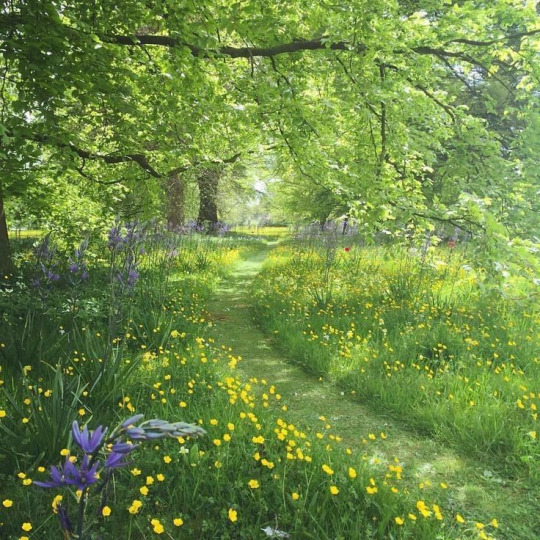
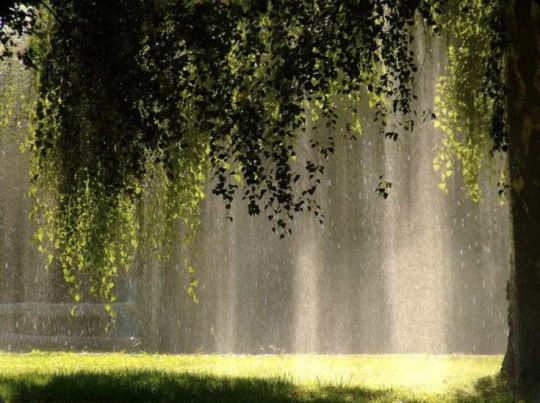

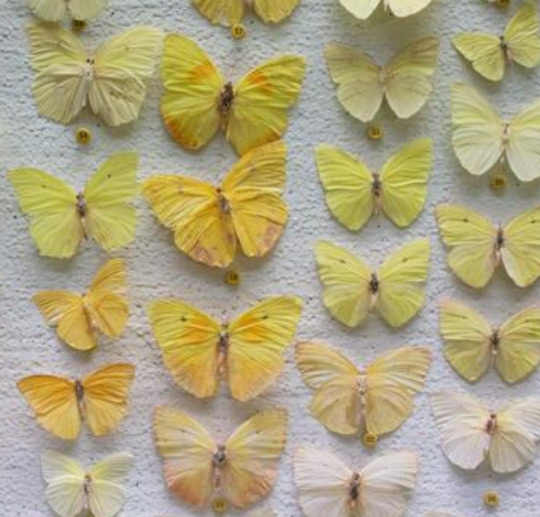


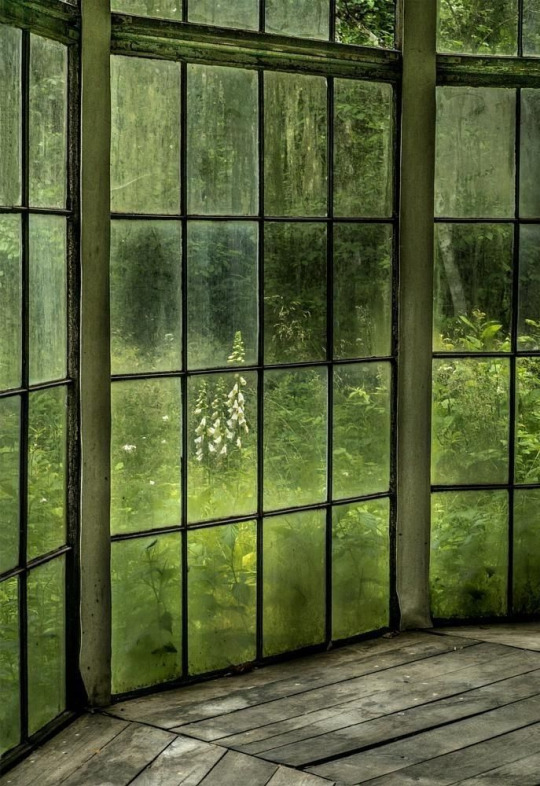
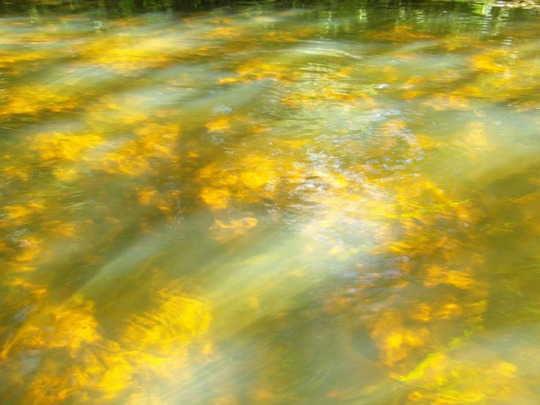


#gay people.#divider from @/strangergraphics!!!! o7#i dont loove the composition but. i need images. please.#also. i didnt mean for this to go into nature but. it makes sense ig. i just went with it whateverr.#I NEED TO. commission. more images. fast.#grumpgrump GUY LOVES HIS WIFE. big news.#anyway i keep seeing the same collage of friend on the algorithm page bc it (the algo) is shit. and now im jealous.#sillyposting#my work#<- ig? i wanna find it againnnn#laurel#ALSO ASLO.#orion. youre probably not reading this. but daisies are my fav flower. did you know that. how are they in the images thats so cool......#hohohohhhhh i hope i have sweet dreams tonight...... please i need her......#im shoving her in your face but then pulling her back again bc im jelly. dont look at her actually. i now shove her in my own face.
2 notes
·
View notes
Text
Upcoming Concert
I have a composition of algorithmically composed computer music, "Three Trees," in a concert with Association for the Promotion of New Music (APNM) at 7:30 PM, Saturday November 2, Greenwich House Music School, 46 Barrow Street, New York.
More here.
2 notes
·
View notes
Text
Usually when there’s been a circulating picture of a dead body - like from a hanging, or that Ukrainian soldier - I see so many posts on my Twitter feed about how you need to be careful and beware that there’s a body and so on but I never actually see the picture. But every time I open Twitter there’s pictures of Syrian dead.
#I’m not sure why exactly#is just because there’s more pictures? algorithm? less caution? different composition of people still on that site?
0 notes
Text

#fractal#fractal art#digital art#orbit trap#newton-raphson algorithm#composite#channel mixing#look-up table#ImageJ#original content
8 notes
·
View notes
Text
I have now watched Nimona
the movie is so freaking good it actually almost made me cry at the end
#I'm too tired and drained to do an analysis#but I want to analyse the movie based on style composition writing etc#it's so good#I'm really glad yt just showed it to me randomly#sometime the algorithm really knows what you need#godoframbles
0 notes
Text
SuperCollider ~ Audio Synthesis & Composition
SuperCollider is a platform for audio synthesis and algorithmic composition, used by musicians, artists, and researchers working with sound. It consists of: scsynth, a real-time audio server with hundreds of unit generators (“UGens”) for audio analysis, synthesis, and processing supernova, an alternative server to scsynth with support for parallel DSP on multi-core processors sclang, an…
View On WordPress
0 notes
Text



you can manifest literally anything. full stop.
not because the universe is your barista or because "alignment!!!" or "vibrations!!!" or because some instagram witch told you the moon wants you to have clear skin. no. you can manifest anything because your assumption is the only constant. i'm not saying that in a disney channel way. i'm saying that in a quantum decoherence theory way. i'm saying your interpretation writes the rendering. the world is not fixed. it is responsive. it is made of probability states until observed, until decided.
this is called the observer effect. not spiritual fluff. actual quantum theory. until something is observed, it's a waveform, a soup of all possible states.
only when measured does it collapse into one outcome. this isn't poetry, more so the double slit experiment. electrons literally behave differently when you're watching. particles perform. reality trims itself to fit the assumption you've brought into the room.
now zoom out.
apply that principle up the scale. consciousness doesn't just witness, it edits. interpretation becomes architecture. you think that's dramatic, let's talk about how the placebo effect alone proves it. you believe a sugar pill is medicine and your body heals.
belief overrides chemistry. that's clinical data. belief changes blood pressure. hormone levels. immune response. cells obey narrative.
now add cognition.
your brain is a filter, not a camera. you are not receiving reality, you are constructing it from probabilistic fragments.
thalamic gating, hippocampal priority, dopaminergic valuation, it's all conditional. perception isn't passive. it's curated. the "real world" is just what your nervous system has decided is relevant enough to show you. the rest gets black-boxed.
meaning: your assumption is the algorithm. you assume wrong, you perceive wrong. and perception is reality, because that's all you'll ever interact with.
so when we say "you write the rendering," we're not being mystical. we're being disgustingly literal. your interpretation of reality becomes the blueprint your senses and brain then work to confirm. you're not stuck in a shared objective truth. you're running a custom simulation based entirely on the lens you're holding. change the lens. change the world.
which means: you are not "tapping into" power. you are the origin point. if you assume something is real, it is, because there is no shared objective anchor without your consciousness confirming it.
this is not magic. this is observer effect. heisenberg. the copenhagen interpretation. it's also the gospels. it's also berkeley's immaterialism. it's also every single philosophical system that isn't moronic. assumption is not wishful thinking. it's the only epistemological mechanism you've ever had.
you've literally never confirmed anything was "real" without believing it first. santa, cancer, gravity, your name. all of it's scripted by belief loops. and belief isn't "oh i hope this is true," it's "this is true and i will notice every detail that proves it." your mind filters for agreement.
confirmation bias.
neuroplasticity.
the thalamus as epistemic gatekeeper.
not metaphor. this is neurobiology. this is how propaganda works. how trauma works. how religion works. how capitalism works. if belief weren't a generator, the advertising industry would not exist. the cia would not use sigil-based psy-ops. cults would not function. your childhood wouldn't have ruined you.
so when people say "you are god," it doesn't mean you're a sparkly celestial daddy with a clipboard. it means there is no world without you. you do not "observe" reality. you generate it, composition, focus, structure, all of it. it's reactive architecture. if you think you're unwanted, the world will produce evidence accordingly. if you decide you're irresistible, it recalibrates. not because it "likes" you more, but because it doesn't exist without your parameters.
there is no neutral. there is no objectivity. if you assume it, it is. that's it. that's the mechanism. you are not manifesting through effort. you are manifesting by default.
you've always been doing it.
you're just doing it badly because you think it's meant to feel earned. you think godhood is a personality trait. it's not. it's default mode.
it works because nothing else ever has. you've never lived in a world you didn't believe in first. and you never will. so assume better. not because you "deserve it," but because your consciousness is the only axis this entire plane spins around.
manifesting isn't hard. unlearning the lie that you're powerless is. but that's not a cosmic test. it's just bad programming.
rewrite it.
you are god because there is no proof otherwise. and if there were, you'd be the one perceiving it. which means: it would still be you. still yours. still scriptable.

#shifting motivation#reality shift#reality shifting#desired reality#shifting community#shifting realities#shifting#realityshifting#emma motivates#void state#loassumption#4d reality#loassblog#loablr#loa tumblr#pure consciousness#loa blog#loa success#law of attraction#manifesting#self concept#manifestation#law of manifestation#subliminals#instant manifestation#master manifestor#how to manifest#law of affirmation#law of assumption#law of the universe
624 notes
·
View notes
Text
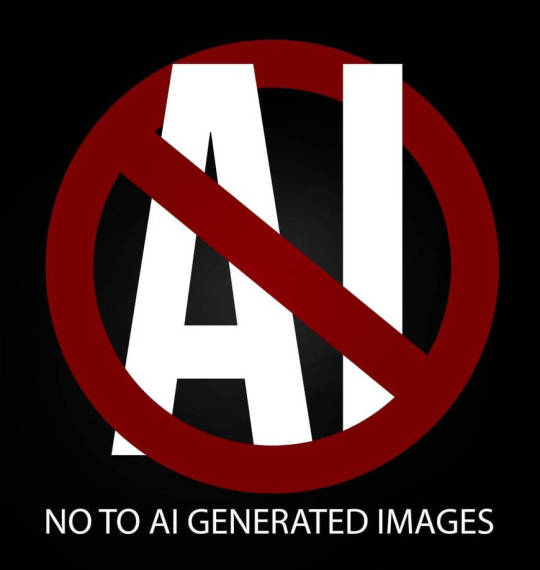
Hiya!
So we all know that AI generators like Midjourney, Stable Diffusion, DALL.E, Sora.AI, etc. have stolen the work from artists online to train their AI and since AI is starting to get quite scary, I've decided I'm going to start protecting my work via Nightshade, but I want to also talk about it with you and link to the official sites to Glaze and Nightshade, so you can get either of these programs to try.
First off, we'll start with Glaze AI.
What Glaze aims to do is to act on the defensive against AI. Glaze will scramble their generators by placing a “protective glaze” over your work, and what this will do, is when your work is fed into the AI, it'll trick the AI into thinking your work is something entirely different from what it is, simply by making small changes that only the AI will pick up on
To quote the official site “Glaze is a system designed to protect human artists by disrupting style mimicry. At a high level, Glaze works by understanding the AI models that are training on human art, and using machine learning algorithms, computing a set of minimal changes to artworks, such that it appears unchanged to human eyes, but appears to AI models like a dramatically different art style.”
I've tried using Glaze, but it's a very big program and my computer can't handle that, but I do highly recommend trying it out if you have the space for it.
If you wanna try it out, the link to the site can be found here.
Second is Nightshade.
Nightshade is aimed to “attack” the AI your work is being fed into. Like Glaze, Nightshade puts a protective “glaze” over your work, but it poisons your work and tricks the AI into messing up the user's prompt.
To quote the official site “Nightshade works similarly as Glaze, but instead of a defense against style mimicry, it is designed as an offense tool to distort feature representations inside generative AI image models. Like Glaze, Nightshade is computed as a multi-objective optimization that minimizes visible changes to the original image. While human eyes see a shaded image that is largely unchanged from the original, the AI model sees a dramatically different composition in the image.”
This program is also pretty big, but it's what my laptop is able to handle, so from here on out I'll be protecting my work with this. I'll also go back and protect my older works even if it's not as appealing as my newer works.
If you wanna try it out, the link to the site can be found here.
Keep in mind, these are only temporary solutions while we wait for more permanent ones.
But even if it's temporary, it's better than having no protection against the AI bros.
#glitch talks#fuck ai art#fuck ai all my homies hate ai#nightshade#glaze#protect your art#ai art is theft
828 notes
·
View notes
Text
Beats, Bytes & The Future Sound: AI Meets Electronic Music
Electronic music has always been about pushing boundaries, breaking rules, and bending sound into new dimensions. Now, artificial intelligence is stepping into the booth, reshaping how beats are built, melodies emerge, and tracks come to life. This isn’t about robots replacing producers—it’s about a new creative partnership, where human intuition meets machine-driven possibilities.The Evolution…
#AI and sound design#AI beat generation#AI for producers#AI in electronic music#AI in music production#AI mixing and mastering#AI music algorithms#AI music collaboration#AI music creation#AI music technology#AI music trends.#AI rhythm generation#AI-driven sound synthesis#AI-generated beats#AI-powered music software#artificial intelligence in techno#artificial intelligence music production#automated music production#creative AI music#digital music production#electronic music and AI#electronic music tools#future of music production#machine learning music#music composition AI#music innovation AI#music production AI tools#music production tools#neural networks in music#sound design AI
0 notes